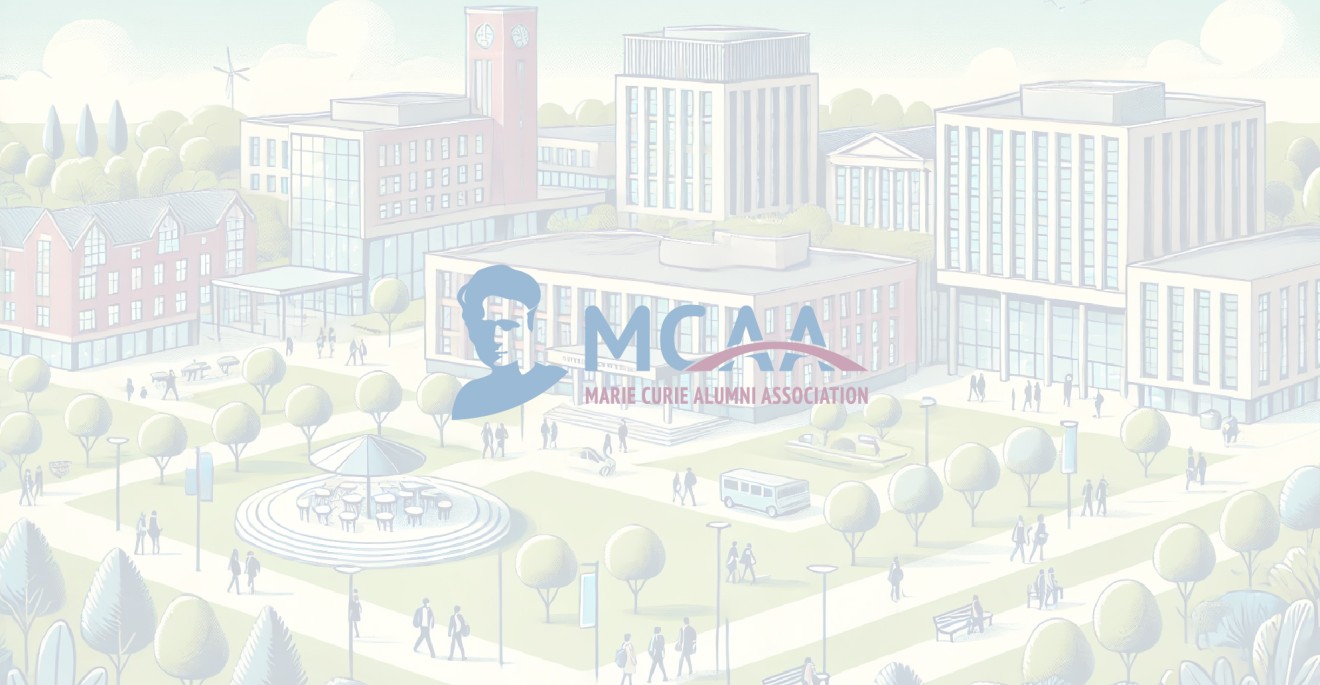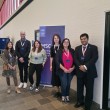Towards a right-to-disconnect for teleworkers

We spend too much time behind our screens, and the generalisation of teleworking has exacerbated this tendency, since the beginning of the COVID-19 pandemic. Sofia Fernandez Guerrico, MSCA Fellow, is currently working on the BIMH project which aims to understand the connexion between mental health and constant connectivity, to eventually contribute to a right-to-disconnect for teleworkers.
Sofia Fernandez Guerrico, in her own words
I am a Postdoctoral Research Fellow at the Department of Applied Economics (Dulbea) of the Université Libre de Bruxelles, in Belgium. I received a Ph.D. in Economics from the University of Illinois at Urbana-Champaign, in the United States. I am originally from Argentina, where I obtained a degree in Economics from the University of Buenos Aires, before moving to the United States to pursue my doctoral studies.
At the Dulbea, I have been working on research projects at the intersection of labour economics and health economics. My previous research examines the effects of trade-induced economic shocks on labour market outcomes, health, and migration.
I was recently awarded a Marie Skłodowska-Curie Actions (MSCA) Individual Fellowship (IF) to study, together with Professor Ilan Tojerow (Dulbea), the link between work-related ICT use after regular work hours and mental well-being.
Working from home has become the new norm for a significant number of workers since the beginning of the COVID-19 pandemic. While this situation presents certainly some vantages, such as less time spent in the transport, it can impact and blur the lines between private and professional life.

Behind our screens
Answering an e-mail or reading a report outside working hours can sometimes be tempting, as it can be considered as “quick and esay”, but in the long-term, this type of behaviour is likely to affect our mental health. “The potential effects of the additional time we spend behind screens on mental health are multidimensional because of the many ways computers and other digital devices are used,” explains Sofia.
Digital devices may also affect mental health through channels other than work, such as search engines, email, virtual meetings, telehealth, social media, which may have consequences on our capacity to take decisions or on our social interactions.
Constant connectivity
For Sofia, there is a growing concern that constant connectivity to work may disrupt work-life balance and jepopardise workers’ mental well-being. “High-speed internet enables the work-related use of computers, mobile phones, and digital devices at home. The BIMH project aims to study the impact of the diffusion of high-speed internet on mental health-related disability insurance claims in Belgium,” she says.
In addition, the project aims to understand mental-health related conditions and their role in the expansion of both regional and national disability insurance programmes in OECD countries.
“In the last decades, mental health has become an important driver of new disability benefit claims across OECD countries. Moreover, the consumption of anxiolytics and antidepressants—associated with mental health conditions such as depressive disorder, anxiety, and sleeping problems—has doubled in OECD countries between 2000 and 2017,” explains Sofia.
High-speed Internet and mental health-related disability insurance claims
In this context, Sofia and the team of researchers working on the BIMH project are currently working on data to show that these increasing trends can be explained by changes in the time, place, and way in which we work.
More specifically, the project is studying the impact of diffusion of high-speed Internet on mental health-related disability insurance claims in Belgium from 1995 to 2012.
“Using variation in the availability of internet diffusion, we will estimate the causal effect of changes in the available ICT on mental health-related outcomes—prescription medication for depression or anxiety, sick leave from work and disability insurance claims—with varying levels of severity and to explore the underlying channels,” adds Sofia.
The project is in its initial stages, according to our Fellow. “We have reviewed related research to define the project’s contributions to the literature and chosen the appropriate empirical strategy to identify the causal link between work-related ICT use and mental well-being,” she explains.
The team is currently preparing the dataset for the empirical analysis, which includes a vast collection of geolocated microdata that will allow them to estimate the causal effect of internet access on mental health-related outcomes and to explore the underlying channels.
Regulating teleworkers’ rights
Sofia is confident that the results of this project will certainly raise interest. “Given the attention that work-from-home arrangements have gained in the context of the current pandemic, we expect a lot of interest in the results stemming from the project from actors beyond academic research community. We look forward to contributing to the evidence-based debate on the rights of teleworkers and the regulation of digital platforms, among others,” she concludes.
References
Amaral-Garcia, S., Nardotto, M., Propper, C., and Valletti, T. (2021) Mums Go Online: Is the Internet Changing the Demand for Healthcare? The Review of Economics and Statistics. 1–45.
Ahlfeldt, G., Koutroumpis, P., and Valletti, T. (2017) Speed 2.0: Evaluating access to universal digital highways. Journal of the European Economic Association. 15 (3), 586–625.
Campante, F., Durante, R., and Sobbrio, F. (2017) Politics 2.0: The multifaceted effect of broadband internet on political participation. Journal of the European Economic Association. 16 (4),.
Falck, O., Gold, R., and Heblich, S. (2014) E-lections: Voting Behavior and the Internet. American Economic Review. 104 (7),.
OECD (2015) Fit Mind, Fit Job From Evidence to Practice in Mental Health and Work.
OCDE (2019) Health at a Glance 2019: OECD Indicators. .


